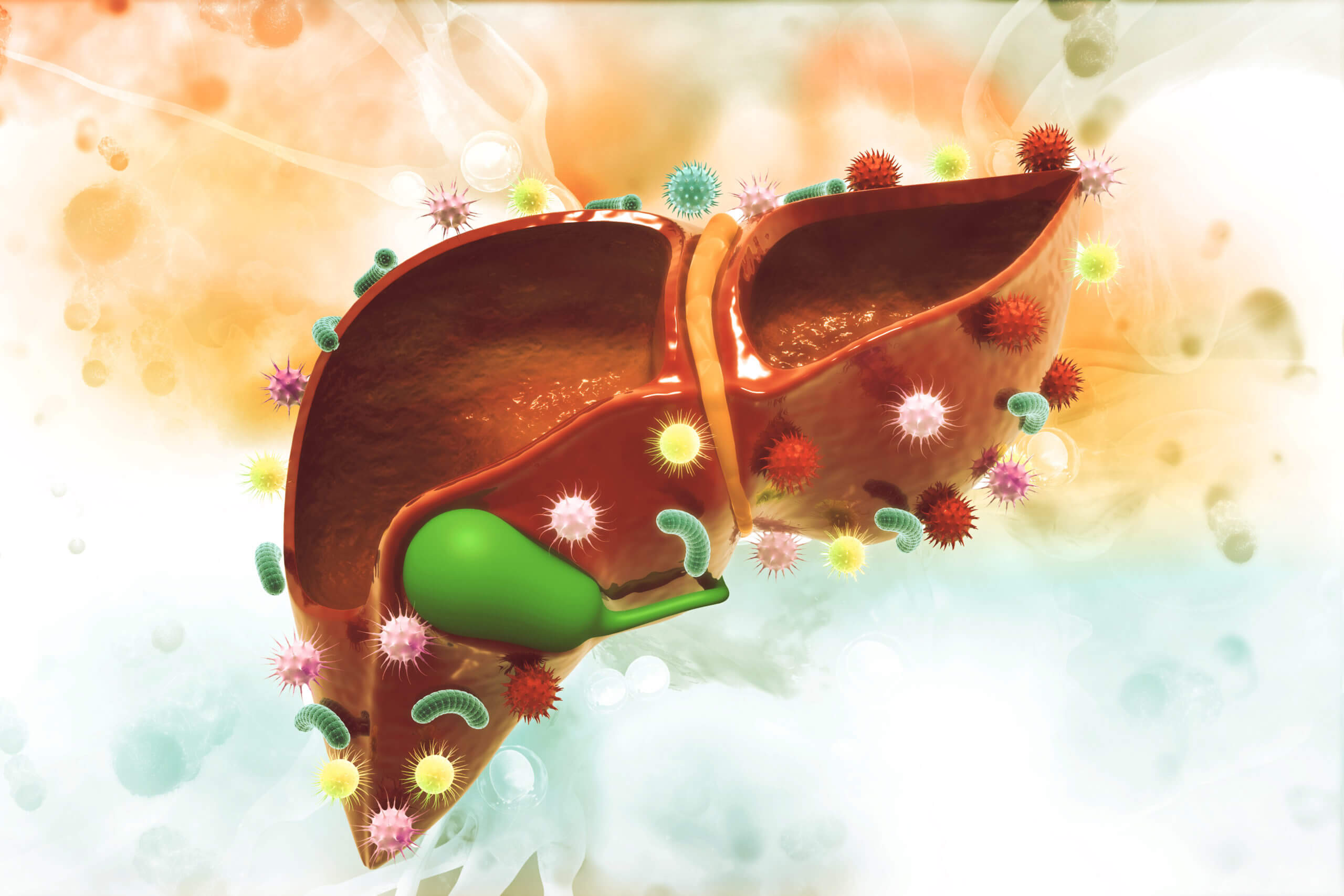The assemblage of viruses in the gut – also known as the gut virome – can have major implications on human health and disease. In particular, viral particles and other microbes in the gut are known to impact the progression of liver disease, according to experts. A recent study has proven helpful in understanding the role of viruses within our gut microbiome, which may help researchers identify biomarkers for the onset of liver disease.
Principal Investigator Jelle Matthijnssens, Ph.D., offers insight in a statement. “The human gut virome is still vastly underexplored and many novel viruses are to be discovered, some of which could have important influences on processes impacting human health and disease.”
MicrobLiver Project Specifications
The overarching goal of the MicrobLiver project is to gain deeper knowledge on the interactions between the host and gut microbiome as well as the role of the gut-liver axis in liver disease. “In the framework of the MicrobLiver project, we aimed to generate a catalog of virus genomes, which could be used in subsequent studies on several cohorts of people with early stages of alcoholic and non-alcoholic fatty liver disease,” Dr. Matthijnssens says.
With the MicrobLiver project underway, researchers used 254 fecal samples from 204 Danish subjects. The pediatric sample included 50 children and adolescents with a body mass index (BMI) above the 90th percentile along with 50 age and sex-matched controls. The adult sample included 52 patients with alcohol-related liver disease along with 52 age and sex-matched controls.
Researchers purified the virus particles from the fecal samples and used deep-sequencing technology to sequence their genomes. They then used bioinformatics tools to identify 13 thousand partial viral genomes. A majority of these genomes were previously undiscovered and not charted within public databases.
Project Findings and Conclusions
Researchers were able to identify 39 genomes that were present in at least 10 of their healthy control subjects. These genomes were then compared to the global public virome databases to uncover patterns in age, geography, and disease.
Two specific genomes showed a high global commonality. The first genome was a crAss-like phage (20.6% commonality), and the second genome was a temperate phage that infects the Bacteroides dorei (14.4% commonality).
Dr. Matthijnssens shared some final remarks on the project. “Our findings further emphasize that the human gut virome is still understudied and that many novel viruses are to be discovered. The identification of novel phages shared by people across the globe is of interest to be studied in more depth.
“Next, the catalog will be used to further study differences in the virome of various cohorts of patients with early stages of alcoholic and non-alcoholic fatty liver disease. We hope these studies will provide us basic insight into the role the gut virome might have in the development of alcoholic and non-alcoholic fatty liver disease. Furthermore, we will look into the virome to identify biomarkers for disease progression or prediction of treatment success.”
Find this study in mSystems.
